How gentrification is changing the New York literary scene
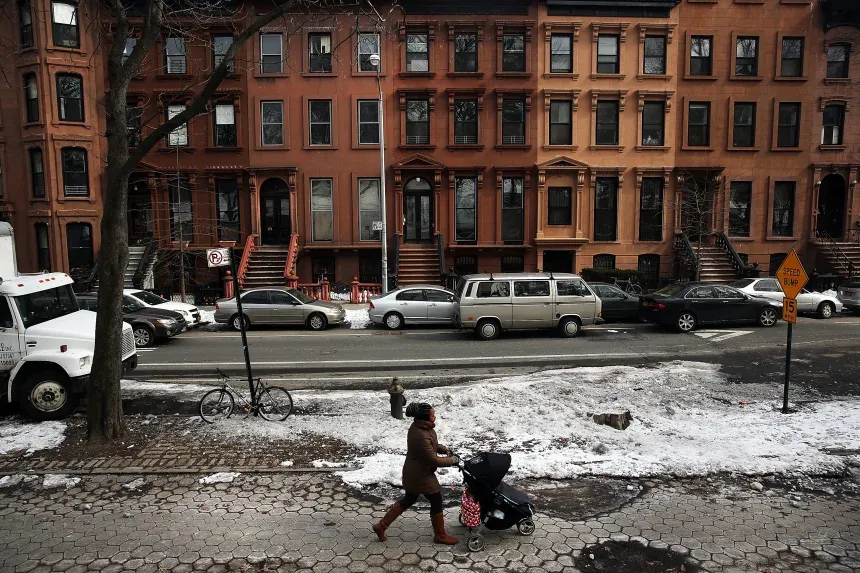
A few minutes every morning is all you need.
Stay up to date on the world's Headlines and Human Stories. It's fun, it's factual, it's fluff-free.
New York City has, for its entire life span thus far, been a global hub of arts and culture. In particular, New York has always been a haven for the literary-inclined. With natives the likes of James Baldwin, J.D. Salinger, Walt Whitman, Edith Wharton, Langston Hughes, Zore Neale Hurston and others, it would probably be easier to list the literary figures who aren’t New Yorkers. And with so much opportunity for adventure and conflict, it’s no wonder everyone’s favorite books are about the city that never sleeps: “A Tree Grows in Brooklyn,” “The Great Gatsby,” “The Catcher in the Rye” and, obviously, “Gossip Girl.”
Now, however, the New York literary scene faces a dangerous threat (as does the rest of the city):gentrification. Currently, the New York literary scene is very much centered in Brooklyn, which also happens to be the borough currently most susceptible to gentrification. In 2012, “The Guardian” referred to Brooklyn as a “mecca for writers.” With its own impressive nonprofit writers coalition, dozens of indie publishing houses and countless small bookstores, Brooklyn is truly integral to American literature, let alone that of the city itself.
The New York cultural hub
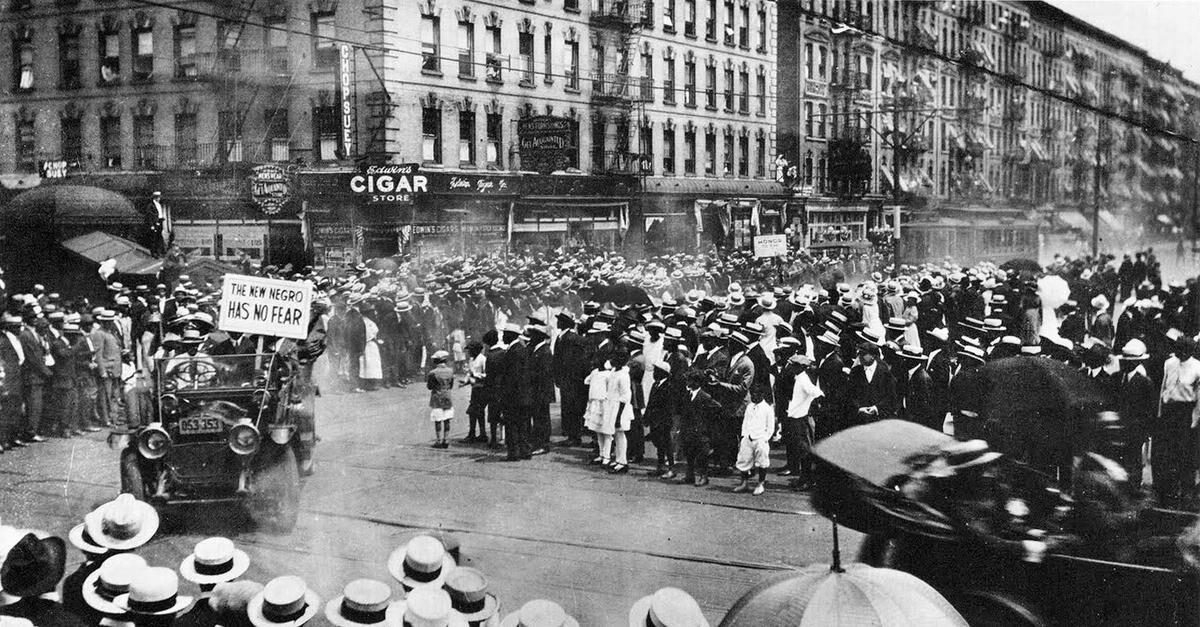
As New York has developed as a city, it has been the center of many cultural revolutions, from the World’s Fair in 1939-1940 to the Harlem Renaissance of the 1920s and 1930s. The Harlem Renaissance is of particular interest, as it created a Black literary space that was inherently New York – the community in Harlem enabling one another to write inimitable and revolutionary pieces. Zora Neale Hurston, Langston Hughes and Claude McKay are among the prolific graduates of this cultural and literary movement.
The Harlem Renaissance was kick-started heavily in part by the Great Migration, which brought many African Americans up North, allowing them to settle in New York City as well as other northern locations. The economic opportunities mechanized by World War I also presented clear incentive for relocating to more industrialized areas. Additionally, Harlem was an especially attractive area, as “an excess supply of housing in Harlem … caused prices of attractive housing to become more affordable to fill their vacancies.”
Now, Harlem looks … slightly different. With its “multimillion dollar town houses and majority non-Black population,” Harlem no longer resembles the Black cultural hub it once touted. Over the latter half of the 20th century, waves of gentrification chipped away at “Black America’s most iconic urban center.” The literary and artistic activity being achieved here is incomparable to what it was during the Harlem Renaissance.
However, New Yorkers are nothing if not persistent, and the artistic center of the city hasn’t completely disappeared (although Black Harlem is irreparable). It’s just shifted. Now, artists of many races and ethnicities have found their homes and places of work in Brooklyn. Unfortunately, Brooklyn is experiencing a surge in gentrification, which is “often accompanied by extreme and unnecessary cultural displacement,” according to the National Community Reinvestment Coalition (NCRC).
Gentrification in Brooklyn
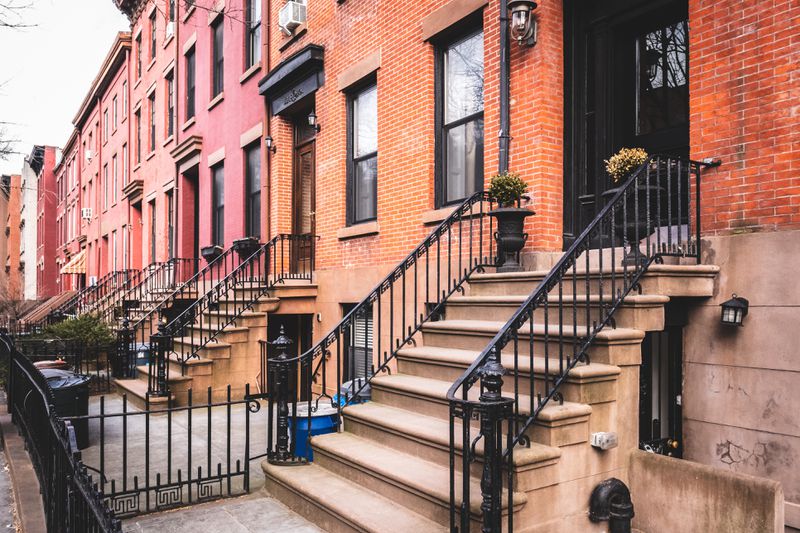
This may come as a surprise to you, but there’s not all that much money in the arts. Vonnegut said it best: “The arts are not a way to make a living. They are a very human way of making life more bearable.”
It’s very difficult to keep afloat in wealthy areas as a writer who isn’t necessarily a several-times-over “New York Times” bestselling author. When housing costs go up, grassroots, independent artists of all kinds are displaced, and they take their art with them.
The racial and gender wealth gaps, too, are synergistic in contributing to the whitewashing an area can undergo during gentrification. In fact, the NCRC found that “Black and Hispanic residents accompanied gentrification in many places.” We lose art that represents the real America (read: the nonwhite, non-rich, non-male America). In losing that art, we lose that literature.
Prior to the pandemic, in 2018, “Electric Lit” published a discussion between Brooklyn-based writers regarding how gentrification has affected the literary craft in this borough. In it, journalist Jennifer Baker claims, “Gentrification isn’t simply a new form of branding; it’s erasure.”
The people aren’t just displaced, their entire history is erased as their buildings are torn down and their homes are renovated. In her article, Baker and other writers discuss establishments and events that have been integral to the writing community within Brooklyns that have already been lost to the changing landscape of a star-crossed city, one that appears to move forward while really being dragged backward by the skin of its teeth.
Author Ibi Zoboi makes a point in Baker’s interview regarding the previous popularity of self-publishing within the borough, saying, “Established poets would publish their own books and start their own poets. Then up-and-coming poets would align themselves with the established poets who would help them publish their own books.”
Perhaps that’s what we are most in danger of allowing to slip through our fingers: the democracy of truly independent literature. The “Big Five” publishers all have offices in New York City, but true art begins from the ground up. Like all art movements, some of the most interesting, groundbreaking literature is being done by those who lack established representation.
Now, it seems, gentrification is a hot topic for Brooklyn novelists themselves, with “Brooklyn gentrification novelists" being an actual term. That’s kind of bleak. Lamentably, Brooklyn has undergone waves of gentrification since the 1960s and has a history of gentrification fiction attached to these waves. The issue of gentrification itself is not necessarily a straightforward, unnuanced one; fiction is the perfect route to explore the many implications of this challenge to city life.
Through contemporary Brooklyn-based literature, you can actually come full circle and engage with this issue in novels such as “Halsey Street” by Naimi Coster and “Pride” by the aforementioned Ibi Zoboi. With its intergenerational perspective, “Unseen City” by Amy Shearn is also a must-read in this subject area.And, you can make sure to buy these books (along with others) by patronizing independent Brooklyn bookstores. You could go to the iconic McNally Jackson bookstore, or you could search for one of the many used bookshops, like Book Thug Nation and Unnameable Books. Even better, check out older spots, such as Community Bookstore to keep them thriving under current economic conditions.
If you’re not in the market for any new books, perhaps give a new indie literary zine a chance, like “Electric Literature,”“The Brooklyn Rail,”“Vol. 1 Brooklyn” or “Slice.” Find authors you like. Buy their work. There’s genuinely so much good you can do just by opening your web browser and reading something new. You’re already online now. Why not settle in for a good New York read?
Have a tip or story? Get in touch with our reporters at tips@themilsource.com

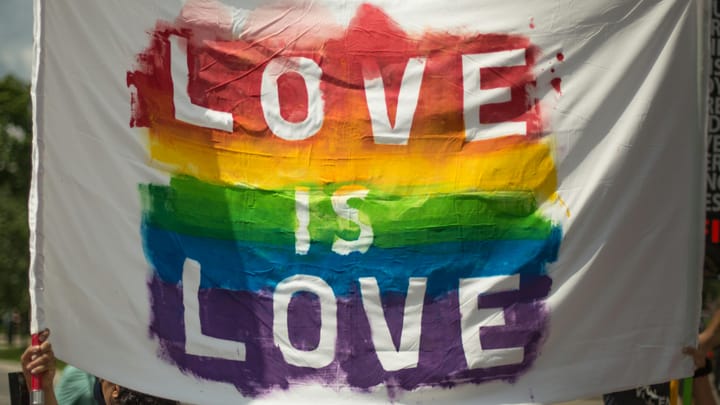
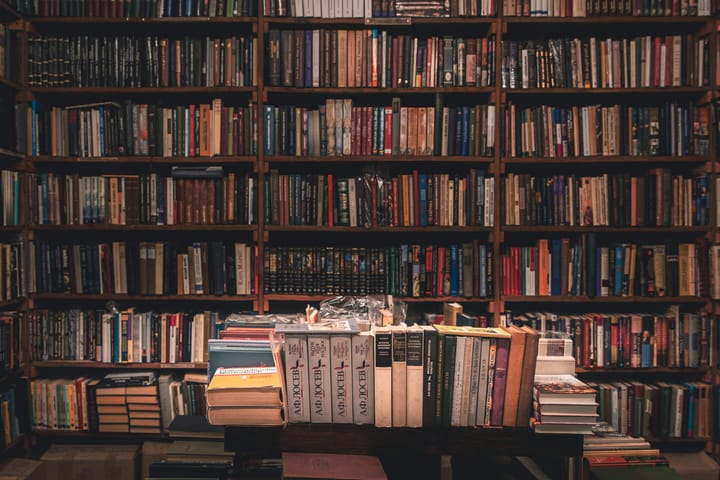
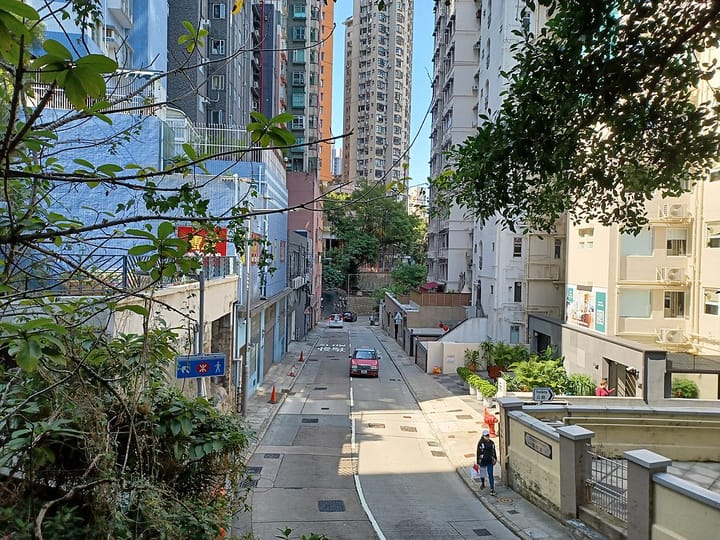
Comments ()